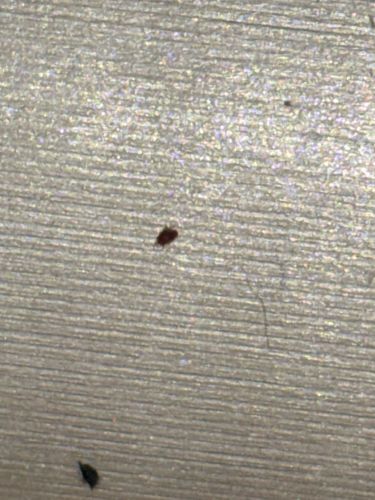Bird Mite
Scientific Name: Ornithonyssus sylviarum (Northern Fowl Mite) or Dermanyssus gallinae (Red Mite), among others.
Order & Family: Order: Mesostigmata, Family: Macronyssidae (most common pest species like Ornithonyssus sylviarum and Dermanyssus gallinae)
Size: Approximately 0.5 - 1 mm (0.02 - 0.04 inches) in length. They are very small, often appearing as tiny specks.

Natural Habitat
Primarily found in bird nests (e.g., pigeon, starling, sparrow nests) or on the birds themselves. They can infest homes, especially attics, walls, and ceilings, when birds nest on or in buildings.
Diet & Feeding
Bird mites feed on the blood of birds (avian blood). When their natural hosts are unavailable, they may bite humans and other mammals, although they cannot complete their life cycle on mammalian blood.
Behavior Patterns
Bird mites are typically found on birds and in their nests. When their bird hosts leave or die, mites will seek new hosts, often entering homes in search of human blood meals. They are most active at night, biting people as they sleep. They prefer warm, humid conditions and can be quite agile, moving quickly across surfaces. Their life cycle from egg to adult can be as short as 7 days under ideal conditions.
Risks & Benefits
Risks: Bird mites can cause itchy, irritating bites on humans, leading to dermatitis, skin irritations, and secondary infections from scratching. They do not typically transmit diseases to humans but can be a significant nuisance. Benefits: None directly to humans; they are part of the natural ecosystem for birds.
Identified on: 9/2/2025